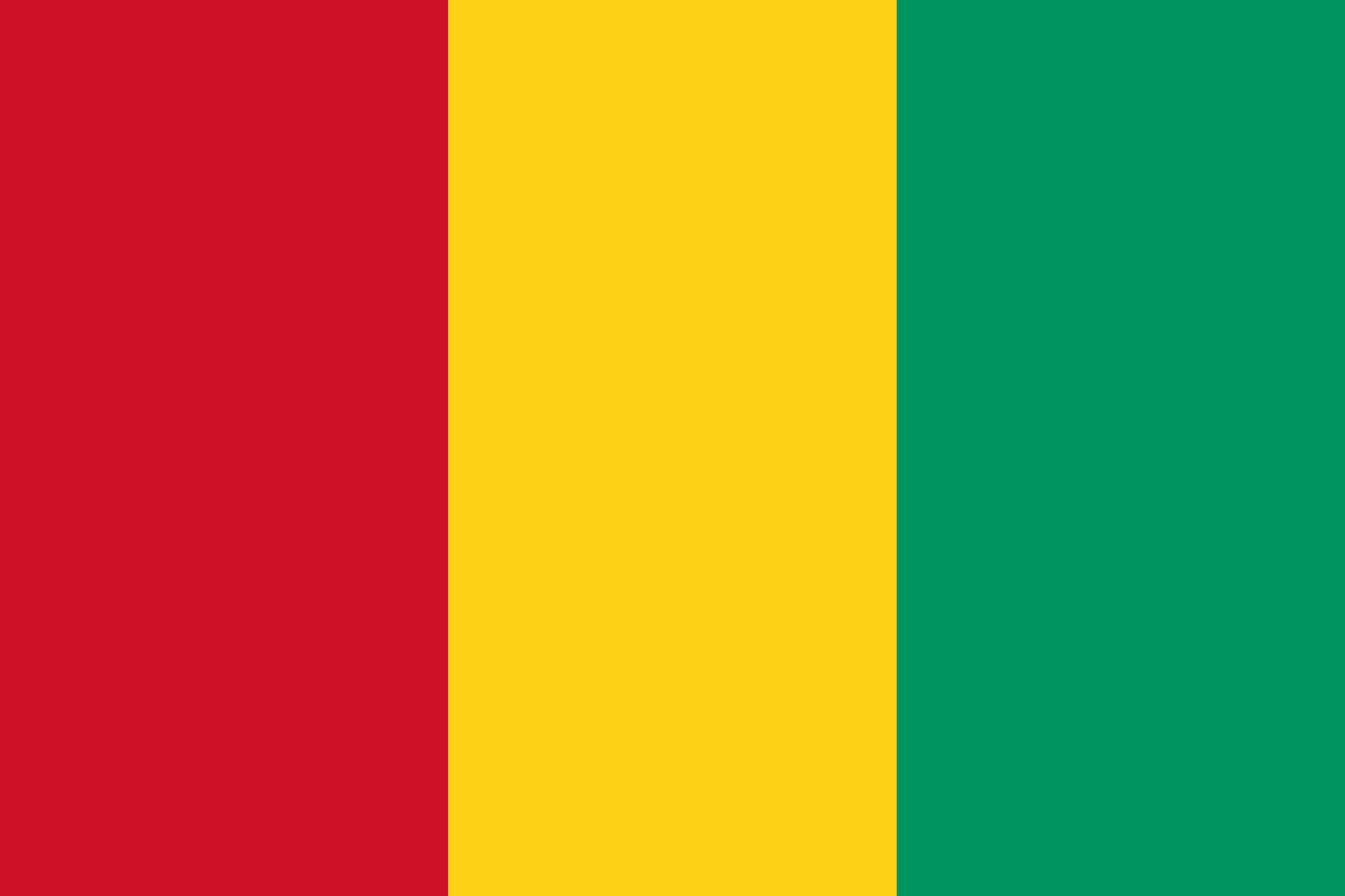
Guinea
Overview of Industry in Guinea
Sourced: As of Sept. 10th 2014 (World Bank)
Contribution to GDP Growth Shock
Estimated GDP Impact
Pre-Ebola
Post-Ebola
The country is richly endowed with metals such as iron ore and bauxite, as well as strong hydro-power potential, but is returning to macroeconomic and political stability after years of conflict and poor leadership. Its economy is a mix of agriculture, services, and mining, and the poverty rate is high at more than 55 percent of the population and recent income growth has not matched that in neighbouring countries.
Mining (Accounts for 3.8% of GDP)
Mining GDP Impact(2013)
-3.00%
Projected GDP
-3.40%
Ebola Revisited GDP
Mining output has not yet been severely affected by the Ebola outbreak, because the main mines are not located in the affected areas (with the exception of iron ore). For example, in the mining sector, where production was already forecast to contract by 3.0 percent before Ebola, projected output has been revised downward to only 3.4 percent.
Agriculture (Accounts for 20% of GDP)
Agriculture GDP Impact(2013)
5.7%
Projected GDP
3.3%
Ebola Revisited GDP
Agriculture in Ebola-affected areas has been hit by an exodus of people from these zones, affecting key export commodities such as cocoa and palm oil. Coffee production has also fallen by half (from 5,736 tons to 2,671 tons between the first six months of 2013 and the first six months of 2014); cocoa production has declined by a third (from 3,511 tons to 2,296 tons for the same time period). Palm oil production has fallen by 75 percent. Local water production has fallen by 29 percent.
Palm Oil Impact
Water Production Impact
Pre and Post Ebola Effects on Key Exports
(numbers in Tons)
Manufacturing (Accounts for 7% of GDP)
Manufacturing GDP Impact(2013)
6.50%
Projected GDP
5.60%
Ebola Revisited GDP
Manufacturing is a small sector in Guinea, accounting for less than 7 percent of GDP, mostly concentrated in Conakry, including agro-industry, paint, plastics, soft drinks, cement, and metals. The Ebola outbreak has made it more difficult for firms to obtain key imports due to port delays and logistics challenges. Cement imports have fallen by 50 percent year-to-date, relative to 2013.
Services (Accounts for 69.2% of GDP)
Services GDP Impact(2013)
6.7%
Projected GDP
3.80%
Ebola Revisited GDP
Services have also been hit. Growth in services is projected to fall from 6.7 to 3.8 percent, with the categories transport and commerce remaining stagnant. Services are in part tied to the mining sector, where major companies, including Vale and Rio Tinto, have evacuated many foreign workers. Airlines have reduced travel to Guinea, Senegal and Côte d’Ivoire have sealed their Guinean borders, and many expatriates in the mining sector have left.
Hotel Industry Impact
Hotel occupancy rates in Conakry have fallen by half, to less than 40 percent compared with an average of 80 percent occupancy before the crisis.
External Sector
Guinea - US dollar-Guinean franc nominal exchange rate (2014)
There has been an increase in exchange rate volatility and small trends in depreciation. According to the Central Bank, part of this is supply as artisanal gold production is down, mostly due to seasonality but potentially with some impact of Ebola. The other part is capital flight; many expatriates (and Guineans who can afford to) have left the country.
Ebola's Fiscal Impact on Guinea
Sourced: As of Sept. 10th 2014 (World Bank)
Fiscal Impact
Projected
Actual
Difference
The fiscal impact of the Ebola outbreak on Guinea is estimated at US$120 million, of which US$50 million are attributed to revenue shortfalls and US$70 million to increased spending on the Ebola response. Lower revenues from mining sector royalties, taxes on international trade, and taxes on goods and services account for more than two-thirds of the revenue decline. The government has adopted a $70 million response plan to fund logistics, health centers, the purchase of food and equipment, and salaries.